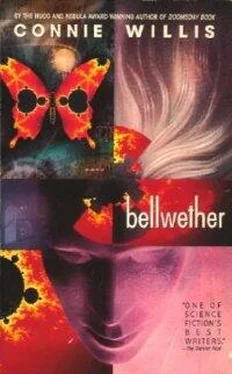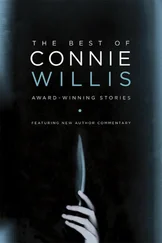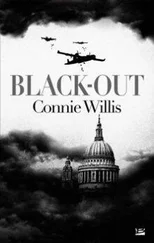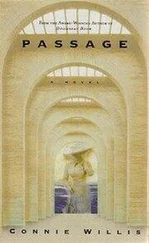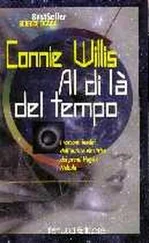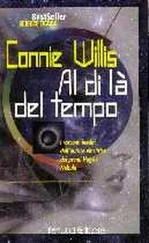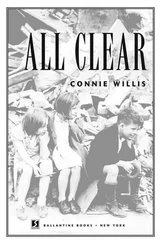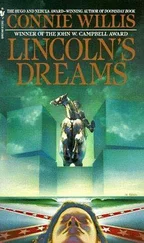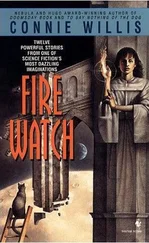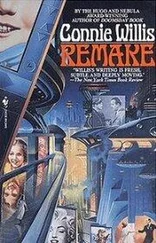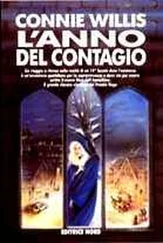“Is that her swimming suit?” I asked.
“No-o-o,” she said. “That’s Barbie.”
Barbie? I thought, wondering what the symbolism of the zigzags was. Of course. Barbie’s high heels.
“So the next day,” Peyton said, selecting yellow orange and drawing spiky suns, “Barbie said, ‘Let’s go shopping,’ and I said, ‘Okay, let’s,’ and she said, ‘Let’s ride our mopeds,’ and I said—”
Billy Ray came out of his tunnel, and I got the phone switched on almost before it rang. “So you’re on your way to Denver?” I said.
“Nope. Other direction. Durango. Conference on teleconferences. I got to thinking about you and thought I’d call. Do you ever get to hankering for something besides what you’re doing?”
“Yes,” I said fervently, reading the names of the crayons Peyton had discarded. Periwinkle. Screamin’ green. Cerulean blue.
“—so Barbie said, ‘Hi, Ken,’ and Ken said, ‘Hi, Barbie, want to go on a date?’ ” Peyton said, busily drawing lines.
“Me too,” Billy Ray said. “I’ve been thinking, is this really what I want?”
“Didn’t the sheep work out?”
“The Targhees? No, they’re doing fine. It’s this whole ranching thing. It’s so isolated.”
Except for the fax and the net and the cell phone, I thought.
“…so Barbie said, ‘I don’t want to be in time-out,’ ” Peyton said, wielding a black crayon. “ ‘Okay,’ Barbie’s mom said, ‘you don’t have to.’ ”
“Do you ever get to feeling…,” Billy Ray said, “…kinda… I don’t know what to call it…”
I do, I thought. Itch. And does that mean this unsettled, dissatisfied feeling is some sort of fad, too, like tattoos and violets? And if so, how did it get started?
I sat up straighter on the bed. “When exactly did you start having this feeling?” I asked him, but there was already an ominous hum from the cell phone.
“Another tunnel,” Billy Ray said. “We’ll talk about it some more when I get back. I’ve got something I want to—” and the phone went dead.
Lindsay’s mother had talked about feeling itch, and so had Flip, that day in the coffeehouse, and I had felt so vaguely longing I’d gone out with Billy Ray. Had I spread the feeling on to him, like some kind of virus, and was that how fads spread, by infection?
“Your turn,” Peyton said, holding out a neon-red crayon. Radical red.
“Okay,” I said, taking the crayon. “So Barbie decided to go to…” I drew a line of radical red high heels across the blue scallops. “…the barbershop. ‘I want my hair bobbed,’ she said to the barber.” I started a line of aquamarine scissors. “And the barber said, ‘Why?’ And Barbie said, ‘Because everybody else is doing it.’ So the barber chopped off Barbie’s hair and—”
“No-o,” Peyton said, grabbing the aquamarine away from me and handing me laser lemon. “ This is Cut ’n’ Curl Barbie.”
“Oh,” I said. “Okay. So the barber said, ‘But somebody had to do it first, and they couldn’t do it because everybody else was doing it, so why did they’ —”
There was a sound at the door, and Peyton snatched the laser lemon out of my hand, flipped the tablet shut, stowed them both under the bed with amazing speed, and was sitting on the edge of it with her hands folded in her lap when her mother opened the door.
“Peyton, we’re watching a video now. Do—” she said, and stopped when she saw me. “You didn’t talk to Peyton while she was in her timeout, did you?”
“Not a word,” I said.
She turned back to Peyton. “Do you think you can exhibit positive peer behavior now?”
Peyton nodded wisely and tore out of the room, her mother following. I put the phone back on the nightstand and started after her, and then stopped and recovered the tablet from its hiding place and looked at it again.
It was a map, in spite of what Peyton had said. A combination map and diagram and picture, with an amazing amount of information packed onto one page: location, time elapsed, outfits worn. An amazing amount of data.
And it intersected in interesting ways, the lines crossing and recrossing to form elaborate intersections, radical red changing to lavender and orange in overlay. Barbie only rode her moped in the lower half of the picture, and there was a solid knot of stars in one corner. A statistical anomaly?
I wondered if a diagram-map-story like this would work for my twenties data. I’d tried maps and statistical charts and computational models, but never all three together, color-coded for date and vector and incidence. If I put it all together, what kinds of patterns would emerge?
There was a shriek from the living room. “It’s my birthday!” Brittany wailed.
I tucked the tablet back under the bed.
“My, Peyton,” Lindsay’s mother said. “What a creative way to show your need for attention.”
Pyrography [1900–05]
Craft fad in which designs were burned into wood or leather with a hot iron. Flowers, birds, horses, and knights in armor were branded onto pin cases, pen trays, glove boxes, pipe racks, playing card cases, and other similarly useless items. Died out because its ability threshold was too high. Everyone’s horses looked like cows.
Thursday the weather got worse. It was spitting snow when I got to work, and by lunch it was a full-blown blizzard. Flip had managed to break both copy machines, so I gathered up my flagpole-sitting clippings to be copied at Kinko’s, but as I walked out to my car I decided they could wait, and I scuttled back to the building, my head down against the snow. And practically ran into Shirl.
She was huddled next to a minivan, smoking a cigarette. She had a brown mitten on the hand that wasn’t holding the cigarette, her coat collar was turned up, a muffler was wrapped around her chin, and she was shivering.
“Shirl!” I shouted against the wind. “What are you doing out here?”
She clumsily fished a piece of paper out of her coat pocket with her mittened hand and handed it to me. It was a memo declaring the entire building smoke-free.
“Flip,” I said, shaking snow off the already wet memo. “She’s behind this.” I crumpled the memo up and threw it on the ground. “Don’t you have a car?” I said.
She shook her head, shivering. “I get a ride to work.”
“You can sit in my car,” I said, and thought of a better place. “Come on.” I took hold of her arm. “I know someplace you can smoke.”
“The whole building’s been declared off-limits to smoking,” she said, resisting.
“This place isn’t in the building,” I said.
She stubbed out her cigarette. “This is a kind thing to do for an old lady,” she said, and we both scuttled back to the building through the driving snow.
We stopped inside the door to shake the snow off and take off our hats. Her leathery face was bright red with cold.
“You don’t have to do this,” she said, unwrapping her muffler.
“When you’ve spent as much time studying fads as I have, you develop a hearty dislike for them,” I said. “Especially aversion fads. They seem to bring out the worst in people. And it’s the principle of the thing. Next it might be chocolate cheesecake. Or reading. Come on.”
I led her down the hall. “This place won’t be warm, but it’ll be out of the wind, and you won’t get snowed on, at least. And this antismoking fad should be dying out by spring. It’s reaching the extreme stage that inevitably produces a backlash.”
“Prohibition lasted thirteen years.”
“The law did. The fad didn’t. McCarthyism only lasted four.” I started down the stairs to Bio.
“Where exactly is this place?” Shirl asked.
Читать дальше
